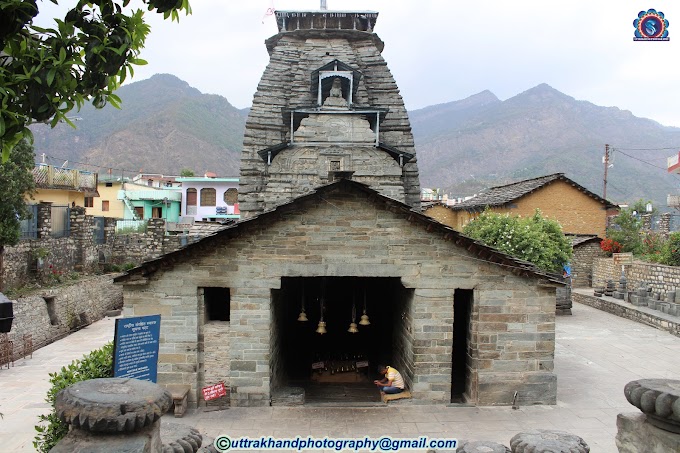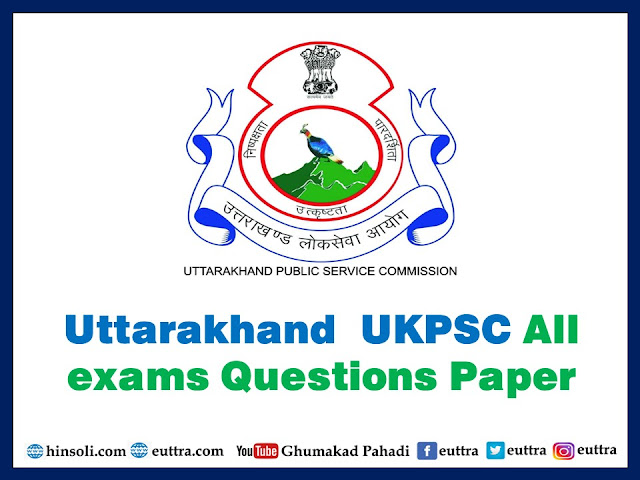The Mahabharata and Ramayana are two of the most important epics of ancient India, offering profound spiritual, moral, and philosophical teachings. Both are part of the Itihasa tradition, meaning "history," but they serve as more than just narratives—they are repositories of cultural, religious, and ethical guidance. Below is a detailed comparison and exploration of the two epics:
Why They Happened
-
Ramayana:
The Ramayana centers on the ideals of dharma (duty), righteousness, and virtue. It narrates the story of Rama, the seventh incarnation of Lord Vishnu, who embodies the ideal son, husband, and king. The epic happened to demonstrate the path of righteousness and to establish the victory of good over evil, symbolized by Rama's defeat of the demon king Ravana.
Key Reason: To rescue Sita, uphold dharma, and destroy evil forces. -
Mahabharata:
The Mahabharata narrates the story of the Kuru dynasty, culminating in the great Kurukshetra war. It deals with the complexities of dharma in a world filled with moral ambiguity. The epic happened to address the degeneration of moral and social values and to establish dharma through Lord Krishna, an incarnation of Vishnu.
Key Reason: To restore dharma amidst the chaos caused by greed, ambition, and unrighteousness.
Similarities
- Central Theme: Both focus on the concept of dharma and its application in different contexts.
- Divine Intervention: Lord Vishnu incarnates in both stories—Rama in the Ramayana and Krishna in the Mahabharata.
- Good vs. Evil: Both depict the triumph of righteousness over evil forces.
- Family Dynamics: Both involve complex family relationships, betrayals, and duties.
- Philosophical Teachings: Both convey timeless wisdom—the Bhagavad Gita in the Mahabharata and ethical lessons in the Ramayana.
Differences
| Aspect | Ramayana | Mahabharata |
|---|---|---|
| Time Period | Treta Yuga | Dvapara Yuga |
| Main Characters | Rama, Sita, Lakshmana, Hanuman | Krishna, Arjuna, Bhishma, Duryodhana |
| Tone | Idealistic | Realistic and complex |
| Focus | Upholding dharma as an ideal | The struggle to understand and apply dharma |
| Conflict | Personal (Rama vs. Ravana) | Dynastic (Pandavas vs. Kauravas) |
| Length | ~24,000 verses | ~100,000 verses |
Main Factors
-
Ramayana:
- Abduction of Sita by Ravana.
- Rama's exile and adherence to his father's promise.
- The role of Vanaras (monkey army) and Hanuman.
- Ravana’s arrogance and misuse of power.
-
Mahabharata:
- Succession disputes between the Pandavas and Kauravas.
- The dice game leading to Draupadi’s humiliation.
- Krishna's role as a guide and strategist.
- The Kurukshetra war and its aftermath.
Main Characters
-
Ramayana:
- Rama: The ideal king and incarnation of Vishnu.
- Sita: Embodiment of virtue and patience.
- Lakshmana: Loyal brother of Rama.
- Hanuman: Devotee of Rama and symbol of devotion.
- Ravana: The demon king of Lanka and symbol of arrogance.
-
Mahabharata:
- Krishna: Divine guide and charioteer of Arjuna.
- Arjuna: Greatest warrior and upholder of dharma.
- Draupadi: Queen of the Pandavas, symbol of dignity.
- Bhishma: Grand elder, bound by his vow.
- Duryodhana: Leader of the Kauravas and symbol of greed.
Religious Facts
- Both are seen as Smriti texts, meaning "remembered wisdom."
- The Ramayana emphasizes Bhakti (devotion) towards Lord Rama.
- The Mahabharata, through the Bhagavad Gita, provides a spiritual discourse on Karma (action), Bhakti, and Jnana (knowledge).
Conclusions
- Ramayana teaches the importance of following an ideal path, showcasing the victory of righteousness in a simpler, more straightforward manner.
- Mahabharata explores the complexity of human nature and dharma, illustrating that moral choices are often ambiguous.
- Both epics have deeply influenced Indian culture, religion, and philosophy, serving as guides for ethical conduct and spiritual growth.
Other Points People Often Ask
-
Are these historical events?
They are considered a mix of history and mythology, with archaeological evidence suggesting certain elements may have a historical basis. -
What are the philosophical lessons?
- Ramayana: Adherence to dharma leads to harmony.
- Mahabharata: The path of dharma is nuanced and requires wisdom.
-
Why are they still relevant?
Their teachings on ethics, duty, and human behavior resonate across ages.



.jpg)

















Follow Us